Importance of Seashells in Coastal Ecosystems
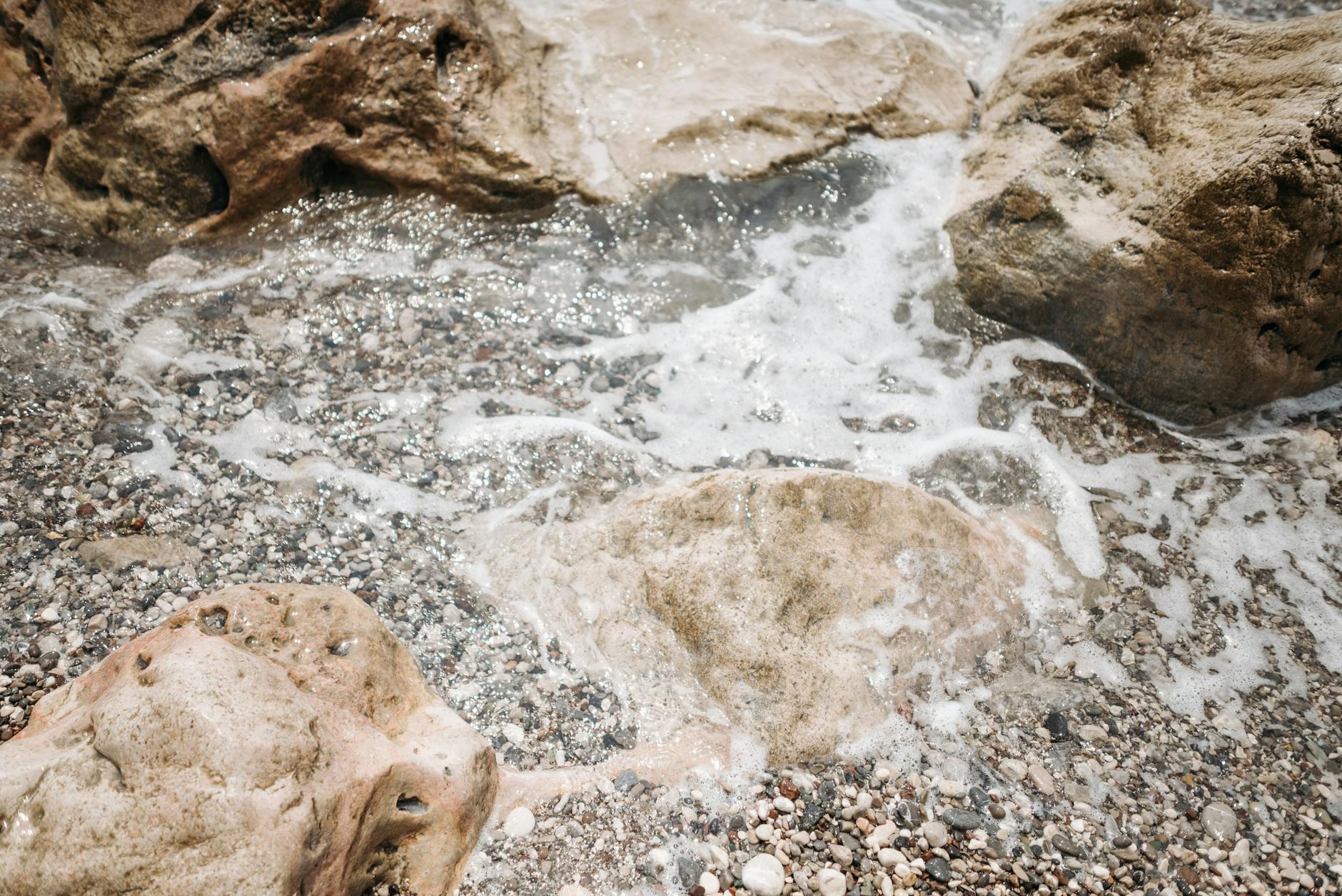
Seashells play a vital role in maintaining the health and stability of coastal ecosystems. They provide critical shelter for marine life, including hermit crabs, small fish, and various microorganisms. Seashells also contribute to beach stability by helping to prevent erosion and maintaining the natural balance of sand movement. Additionally, broken-down shells add essential minerals like calcium carbonate to the environment, enriching the habitat for other marine organisms and promoting biodiversity.
The Growing Trend of Collecting Seashells as Souvenirs or Decorations and Its Impact on Wildlife
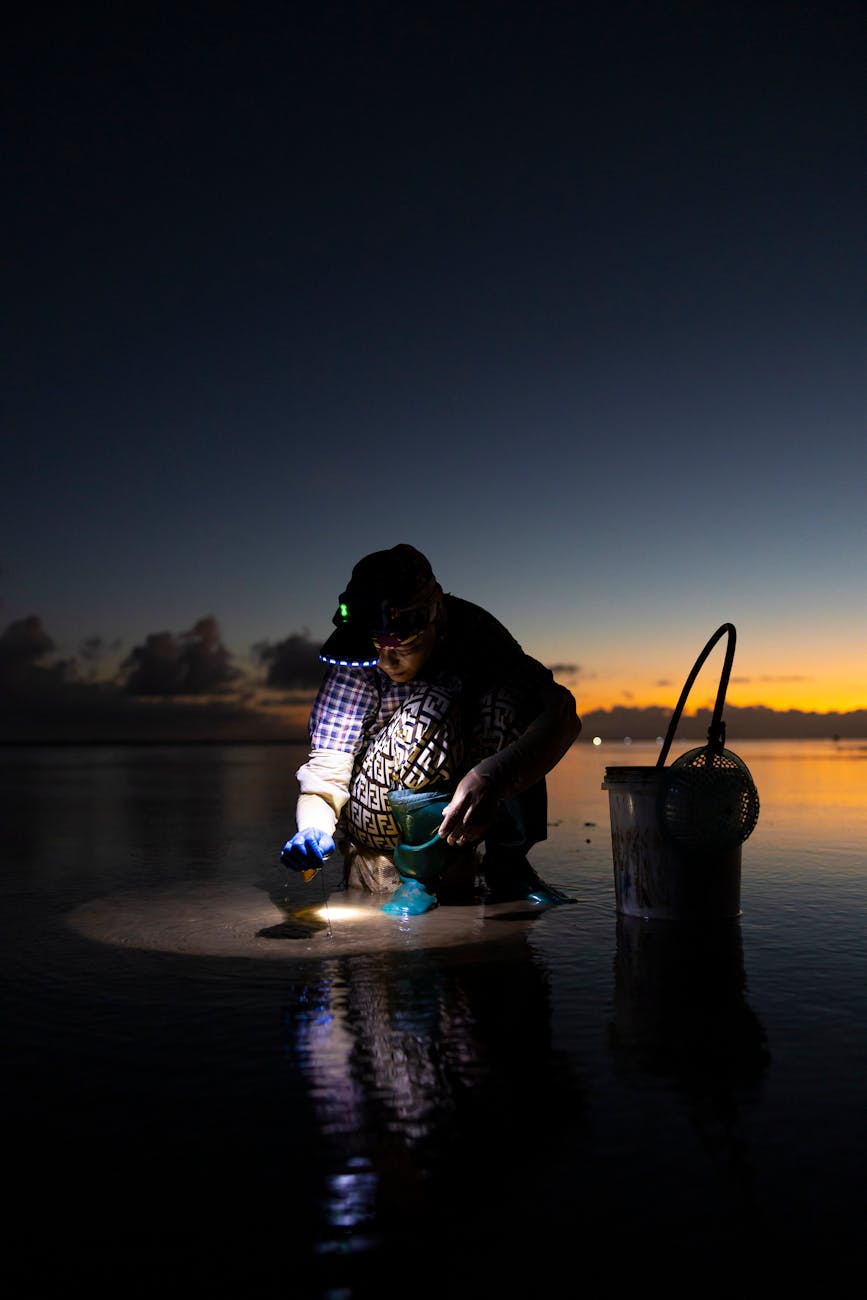
In recent years, seashell collecting has become increasingly popular, particularly among tourists who view shells as souvenirs or decorative items. While collecting a few shells may seem harmless, the cumulative impact is significant, especially on heavily visited beaches. Removing shells from their natural environment reduces the availability of vital homes for hermit crabs, disrupts local ecosystems, and accelerates beach erosion. The depletion of seashells can lead to imbalances in marine ecosystems, causing harm to various species that rely on them for protection and habitat. This growing trend, though often unintentional, threatens the survival of many coastal species and the integrity of beach environments.
Seashells Are Essential for Hermit Crab Survival
- Hermit crabs use seashells as homes: Hermit crabs do not have their own shells and rely on discarded seashells to protect their soft abdomens.
- Limited availability of suitable shells: Human collection reduces the number of shells available, creating a scarcity, particularly for larger crabs.
- Population health is at risk: The lack of shells can cause increased competition among hermit crabs, leading to stress, vulnerability to predators, and sometimes death.

Seashells Contribute to Coastal Ecosystems
- Role in beach structure and erosion prevention: Seashells help stabilize sand and reduce coastal erosion. Removing them can disturb the natural dynamics of beaches.
- Provide habitat for other marine life: Small organisms, such as algae, microorganisms, and marine invertebrates, rely on seashells for shelter and habitat. Removing shells disrupts these micro-ecosystems.
Impact of Mass Collection on Beaches
- Over-tourism and shell depletion: Popular tourist destinations often experience mass seashell collection, depleting entire beach sections of natural resources critical for the environment and wildlife.
- Ecosystem imbalances: When shells are removed, ecosystems lose essential resources that help maintain healthy marine life diversity.
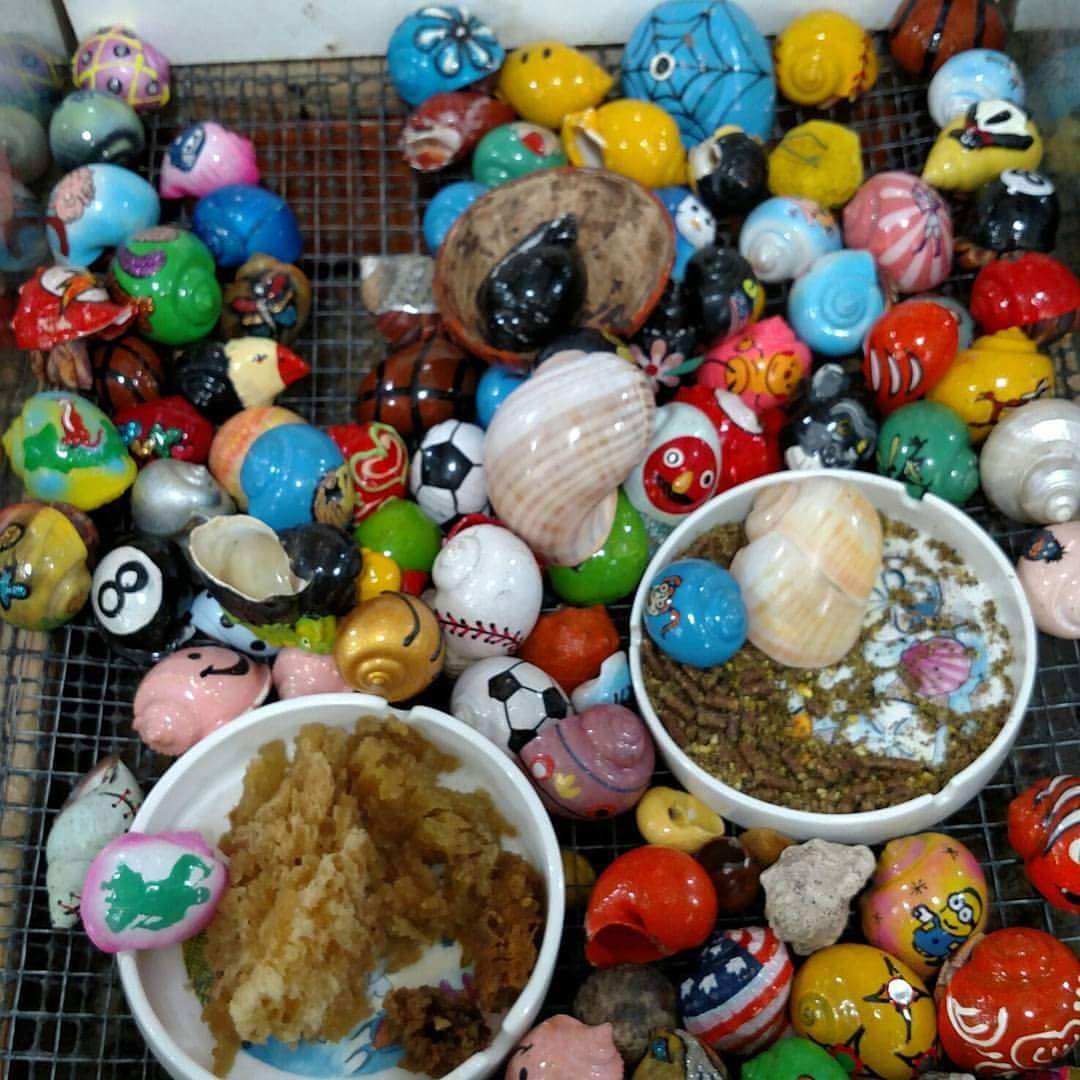
Ethical and Conservation Reasons to Return Collected Seashells
- Contribute to the natural recycling of shells: By returning collected shells, individuals can help replenish natural habitats for hermit crabs and other marine creatures.
- Encourage sustainable tourism and beach conservation: Returning seashells promotes awareness about sustainable beach practices and reduces the long-term environmental impact of human activity.
- Help mitigate previous damage: For those who have already collected shells, returning them can help restore balance, giving back vital materials for hermit crabs and the beach environment.
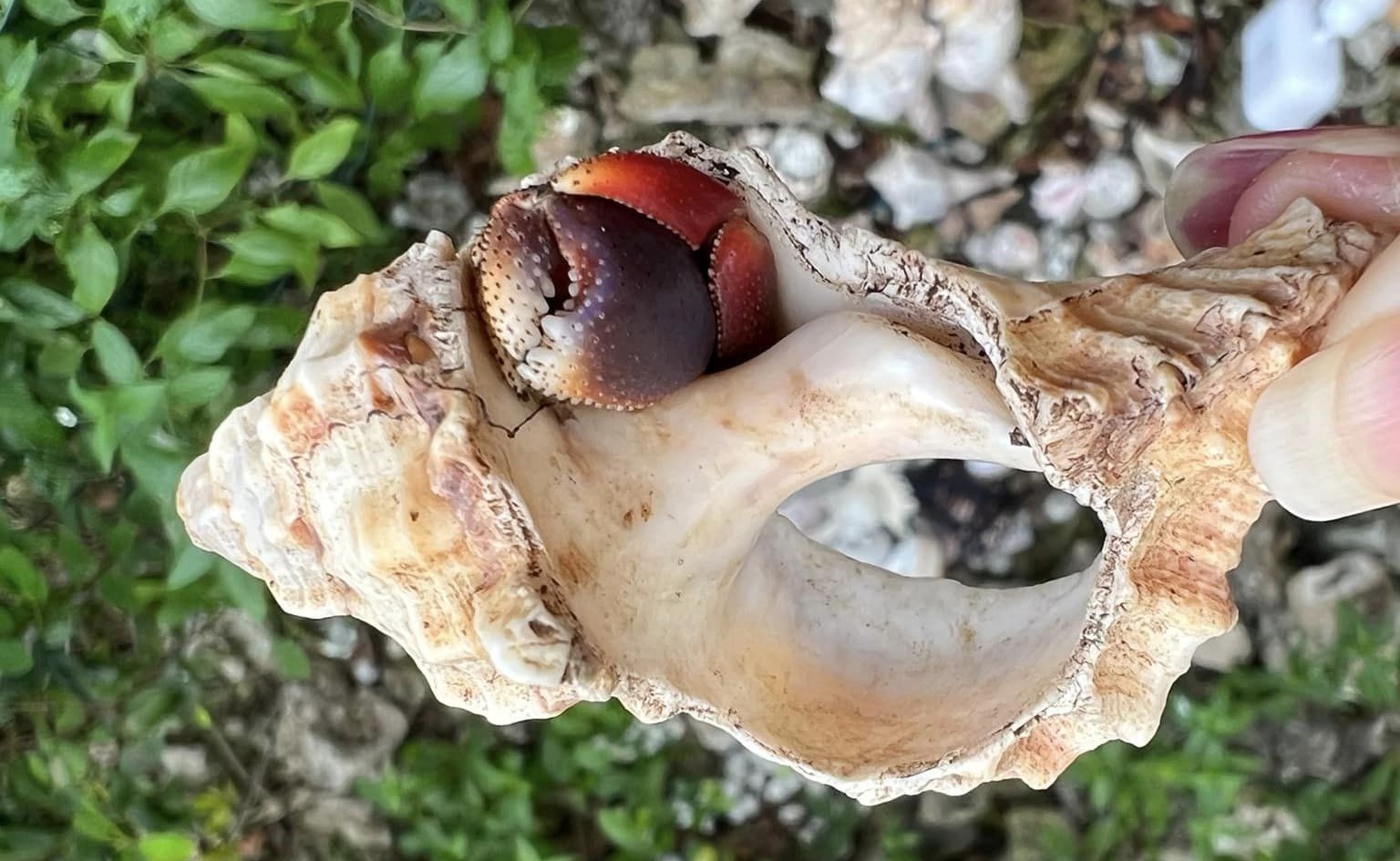
Alternatives to Collecting Seashells
- Take photos or use artificial shells: Encourage people to take photos of shells instead of collecting them, or purchase artificial shells made specifically for decoration without harming wildlife.
- Support conservation efforts: Join or donate to organizations working on projects that protect marine ecosystems and provide shells for hermit crabs.

Conclusion
The Ecological Importance of Leaving Seashells on Beaches for Wildlife
Seashells are essential to the health of coastal ecosystems, providing homes and protection for hermit crabs and other marine organisms. They also play a critical role in preventing beach erosion and supporting a diverse range of life, from microorganisms to fish. By leaving seashells on the beach, we help maintain the natural balance, ensuring that wildlife has access to the resources they need for survival.
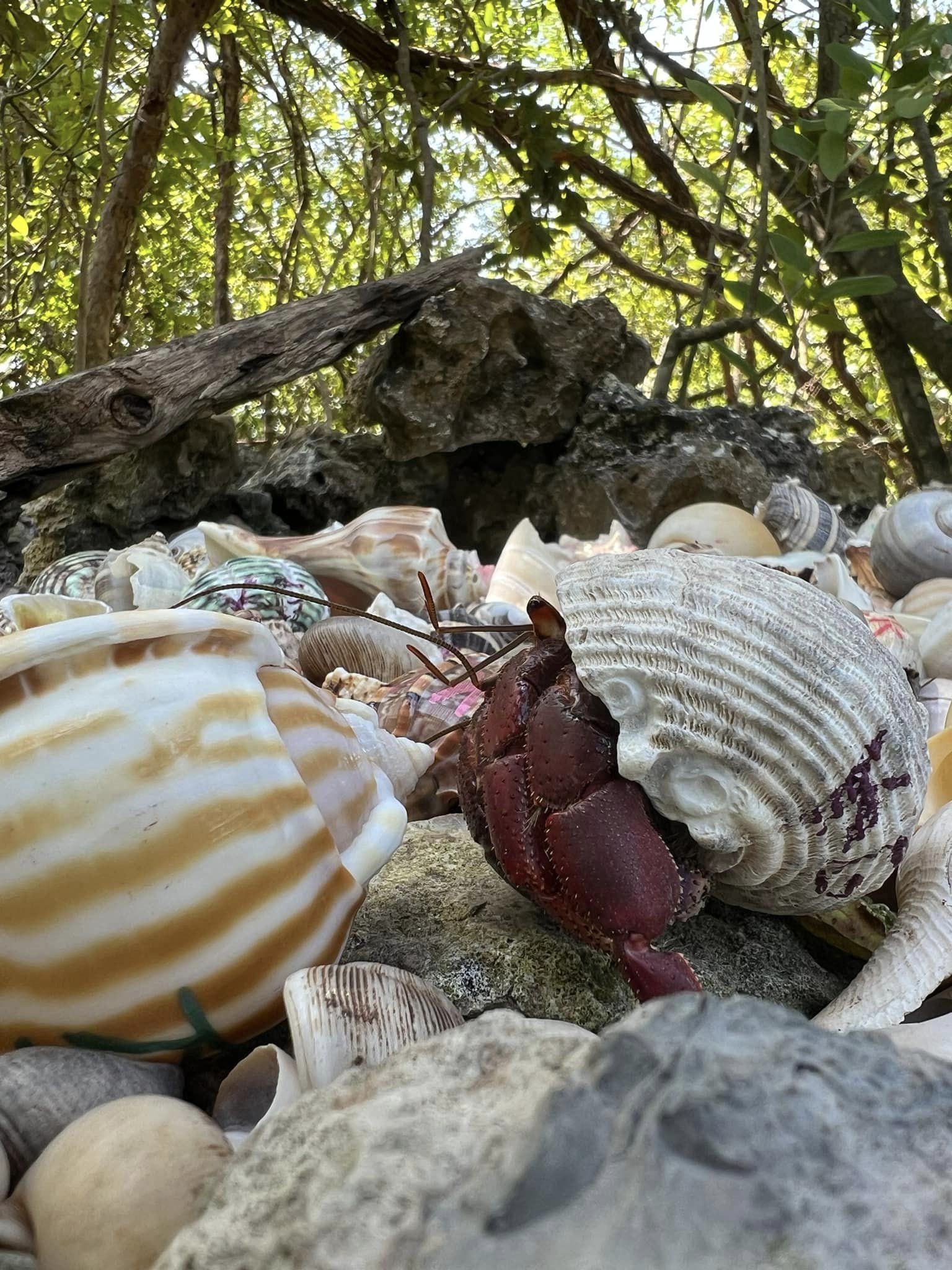
The Need for Responsible Beach Behavior
Beaches are fragile ecosystems that depend on the natural presence of seashells for stability and biodiversity. Removing seashells disrupts this balance, leaving wildlife vulnerable and accelerating the degradation of the shoreline. Practicing responsible beach behavior, such as leaving shells where they belong, is essential to preserving these habitats for future generations. Simple actions can help protect the delicate relationship between seashells and the creatures that depend on them.
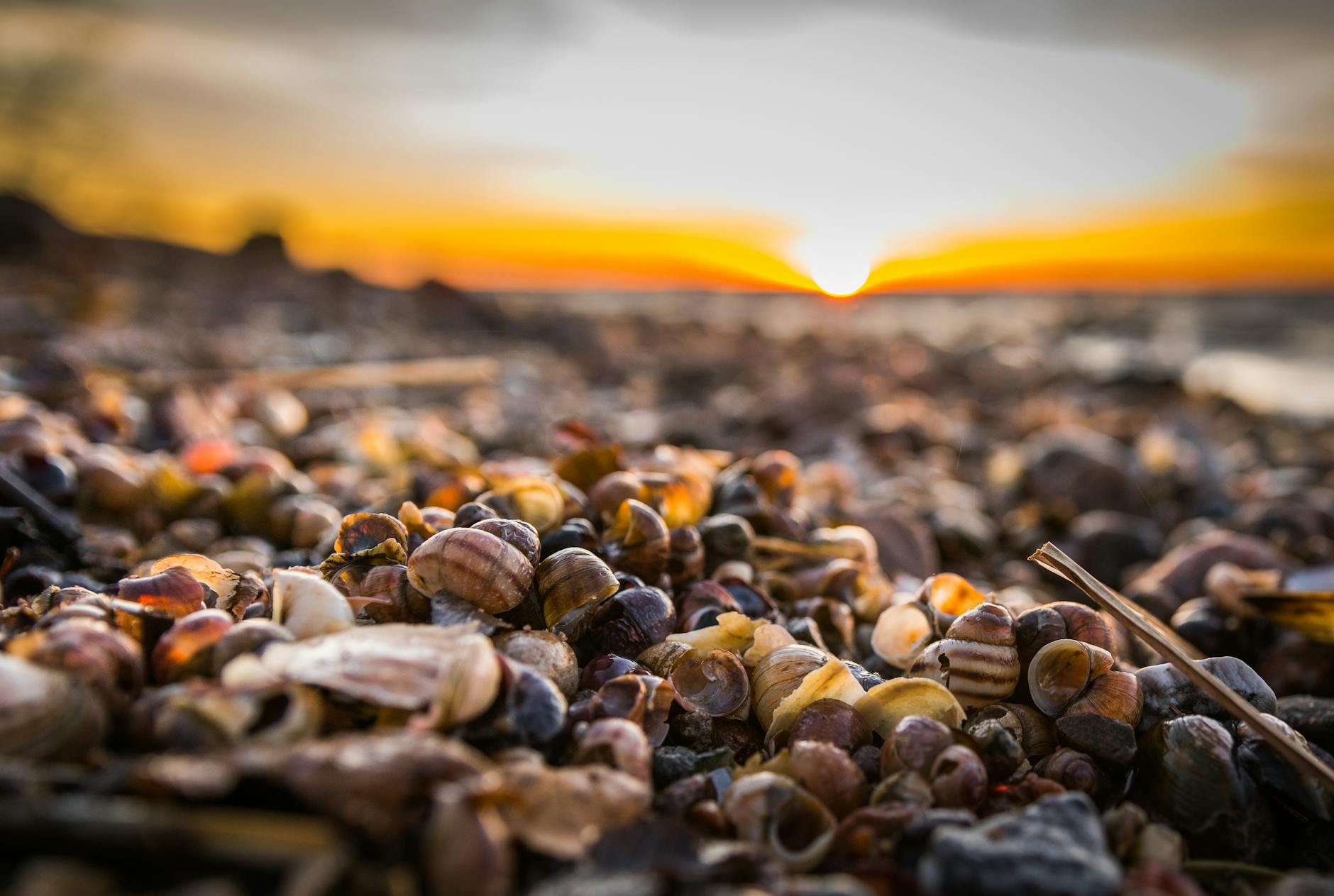
Call to Action
If you’ve collected seashells in the past, now is the time to return them to the beach where they belong. By doing so, you’re directly contributing to the restoration of habitats for hermit crabs and other wildlife. Additionally, when visiting the beach, commit to sustainable practices—leave nature as you found it, refrain from taking shells, and educate others on the importance of preserving our coastal ecosystems. Together, we can ensure that beaches remain thriving habitats for all species that depend on them.
Support One of these Hermit Crab Shell Replenishment Projects and Become a Hermit Crab Housing Hero!


